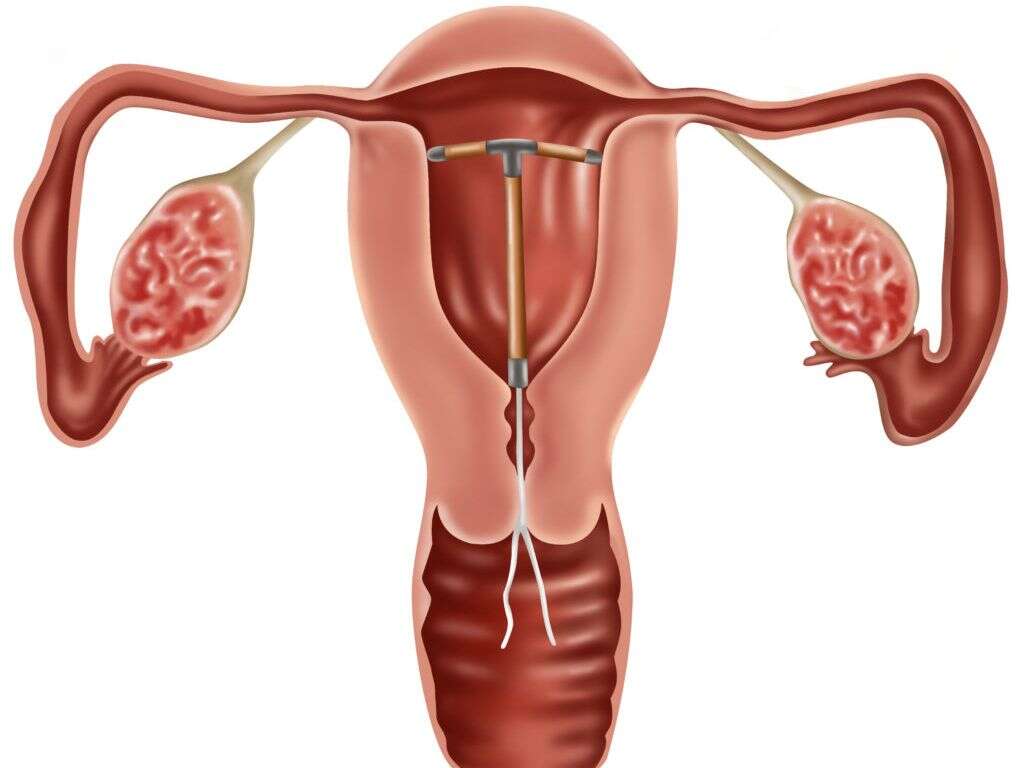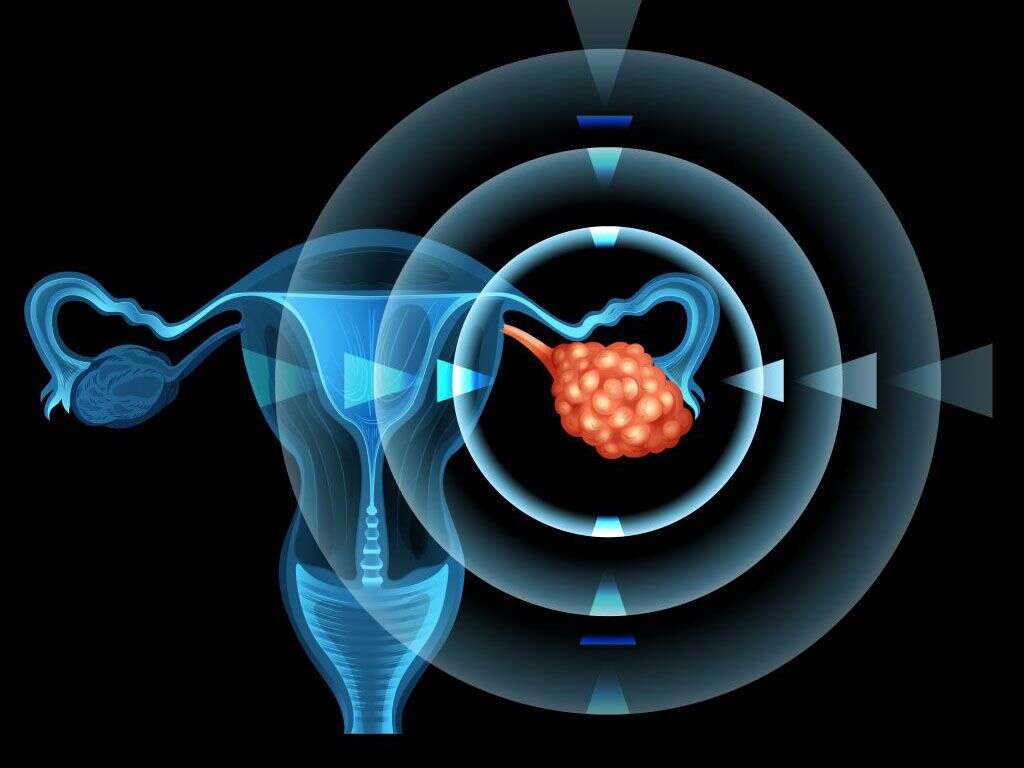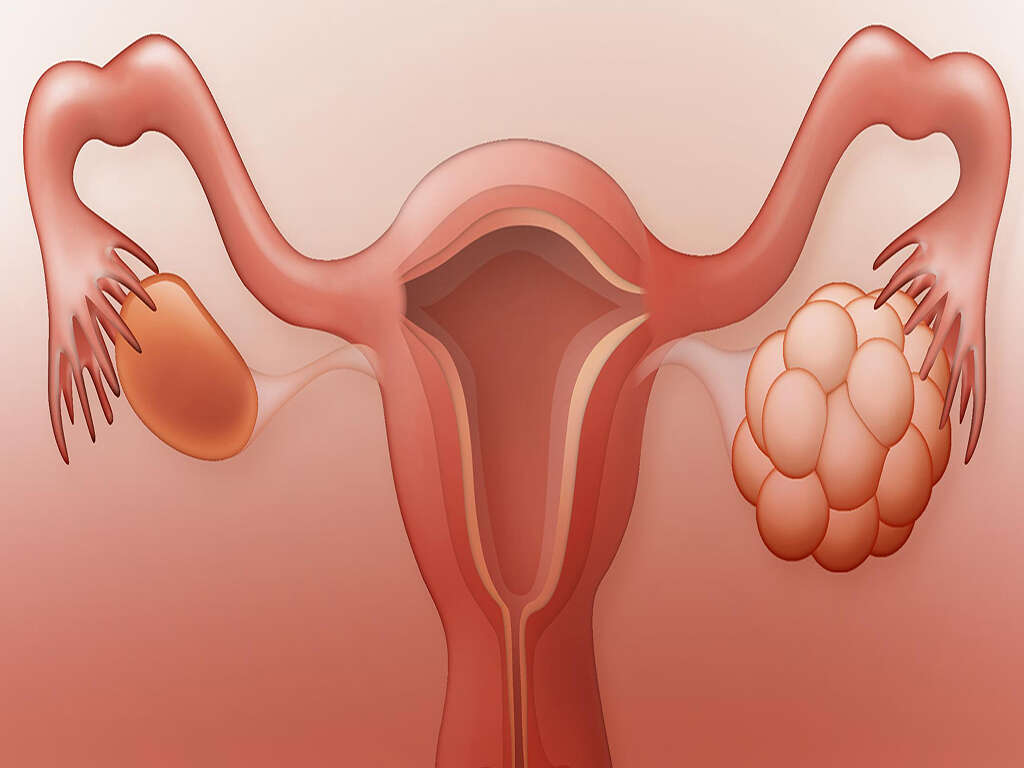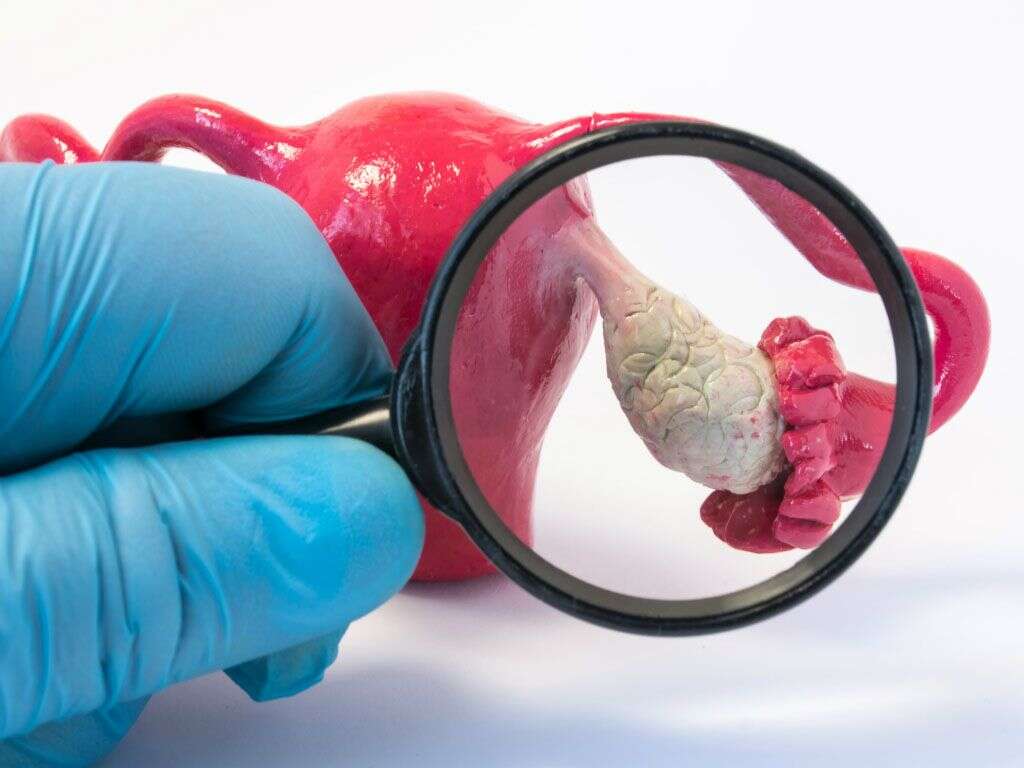What Is Polycystic Ovary Syndrome?
Polycystic ovary syndrome is a condition that impacts women of child-bearing age. It has a negative impact on the ovaries and ovulation, leading to issues with the menstrual cycle and pregnancy. PCOS is indicated by the presence of fluid-filled sacs, or cysts, inside the ovaries. Each of these cysts contains an immature egg that is never released during ovulation.
PCOS is a chronic and lifelong condition. It affects up to 12 million women in the United States. The syndrome leads to infertility and is its most common cause. The issues associated with PCOS, however, continue beyond the child-bearing years.

1. Hormones and PCOS
The underlying issue with PCOS is in the hormones. A woman’s ovaries produce the female hormones estrogen and progesterone. These two together help to regulate the menstrual cycle. Additional hormones called FSH and LH are responsible for initiating ovulation. The ovaries also produce a small amount of androgen, one of the male hormones.
As the cysts containing the immature eggs do not get released during ovulation, hormone levels are thrown out of balance. Progesterone and estrogen are both lowered, while the amount of androgen increases. These changes alter the menstrual cycle, reducing the frequency and regularity with which ovulation and periods occur.

2. Causes of PCOS
The causes of PCOS are largely unknown, though increased levels of androgen play a key role in the condition. Genetics and being overweight are also factors that are associated with having the syndrome, though the nature of the link between being overweight and PCOS is uncertain. While being overweight is correlated with the condition, many who are overweight don’t have it, and many who are not overweight do.
Having high insulin levels is also associated with PCOS. Women whose mothers or sisters have polycystic ovary syndrome or Type II diabetes, which is caused by high insulin levels, are more likely to get the condition themselves. Low levels of inflammation in the body is another factor that can lead to PCOS.

3. Symptoms of PCOS
Many women with polycystic ovary syndrome are not aware that they have it until their attempts at becoming pregnant fail. Others start experiencing symptoms when their periods first start or when they gain weight. Irregular periods is one of the most frequently cited symptoms. Often when periods do occur, they are very heavy.
The higher levels of androgen lead to symptoms that include male pattern baldness, facial hair and acne. Some women experience frequent headaches that are due to the changes in hormone levels. Another possible symptom is the presence of dark patches in the folds of the skin.

4. Diagnosis of PCOS
If you experience any of the symptoms of PCOS, or you have been unsuccessful in your attempts to get pregnant, it is important to make an appointment with your doctor. Diagnosis involves a pelvic exam, blood tests and ultrasound.
The pelvic exam can reveal growths on your ovaries, and an ultrasound can verify the presence of cysts. A blood test is used to detect high levels of androgen. Three primary indicators of PCOS are irregular periods, high androgen levels and cysts on the ovaries. If you have two out of three of these, a diagnosis of polycystic ovary syndrome is made.

5. Diabetes and PCOS
Women who have PCOS are at high risk of getting diabetes. High levels of insulin are seen in approximately 70% of women with polycystic ovary syndrome. Insulin is responsible for regulating blood sugar levels by helping the body to utilize the sugar from food. A woman who has PCOS can produce insulin, but her body does not use it effectively.
When the body is unable to use insulin to help break down the sugar for food, the system begins producing even more of the hormone in an attempt to regulate sugar levels. High levels of insulin lead to diabetes. The risks are significantly increased in women who are obese.

6. Metabolic Syndrome and PCOS
Approximately 80% of women with polycystic ovary syndrome are overweight. This leads to complications in the body’s metabolic system. Together, PCOS and obesity significantly increase the chances for high blood pressure and high blood sugar, as well as low levels of HDL and high levels of LDL, the “good” and “bad” cholesterols, respectively.
These conditions are known as metabolic syndrome. A person with metabolic syndrome is at an increased risk of getting diabetes and heart disease. In addition, there is an elevated risk of having a stroke.

7. Additional Complications From PCOS
Diabetes and metabolic syndrome are common complications that arise out of PCOS, but they are not the only ones. When women do not ovulate, the lining of their uterine walls thicken, which increases the risk for endometrial cancer. Furthermore, the syndrome can lead to sleep issues and mood disorders.
Sleep apnea, a condition in which breathing is interrupted during sleep, is common in overweight individuals, but its prevalence in overweight women with PCOS is five to 10 times that of overweight women without PCOS. The changes in hormone levels also increase the likelihood of depression and anxiety.

8. Pregnancy and PCOS
Immature eggs that don’t get released during ovulation and infrequent periods make it difficult to become pregnant. Women with PCOS are also at increased risks for complications with pregnancy, including gestational diabetes, high blood pressure, premature delivery and miscarriage.
While a majority of women with PCOS experience fertility issues, getting pregnant is not impossible. Fertility treatments can be successful in improving ovulation, increasing the likelihood of pregnancy. In addition, losing weight and reducing blood sugar levels contribute to the potential for a healthy pregnancy.

9. At-Home Treatments for PCOS
Making diet and lifestyle changes can significantly reduce the symptoms of PCOS and increase your quality of life. Eating a diet low in simple carbs and sugars can help you reduce your weight, lower your LDL and raise your HDL levels and reduce your insulin levels.
Pairing a healthy diet with exercise further improves the symptoms associated with PCOS. Engaging in moderate-intensity exercise for 30 minutes at least three times a week increases the potential for weight loss. Losing weight is an important factor in reducing insulin and improving ovulation.

10. Medical Treatments for PCOS
In addition to making changes to diet and lifestyle, there are common medical treatments used to address PCOS symptoms. Birth control is frequently used, as it provides a daily dose of estrogen and progesterone. It helps to regulate the menstrual cycle and can reduce facial hair growth. Birth control can also lower the risk for endometrial cancer.
Other medical approaches can also help with fertility, ovulation, diabetes and excess hair. Medications can be prescribed to increase the potential for pregnancy, reduce insulin levels and get rid of facial hair. Ovulation can be stimulated with a surgery that involves drilling holes in the ovaries with a laser. This approach can improve pregnancy chances when other options fail.










